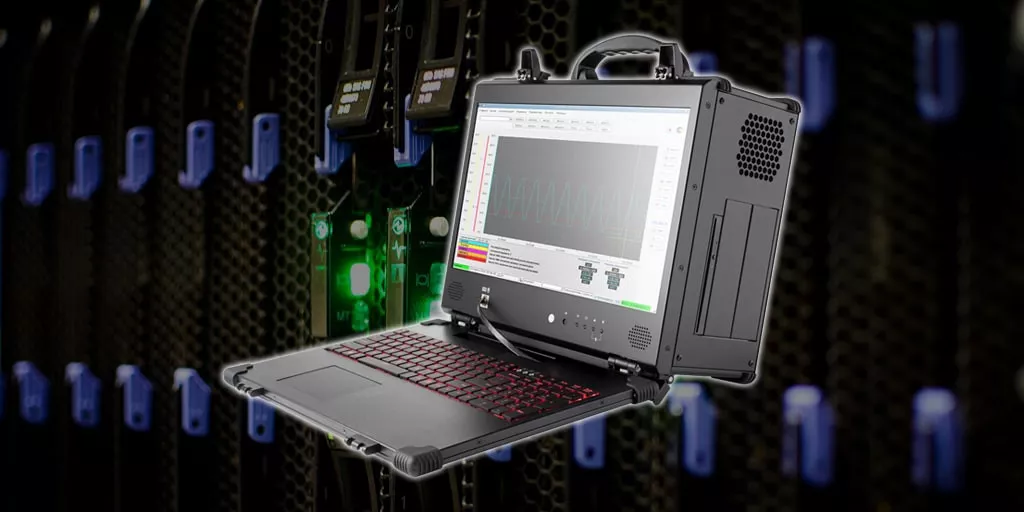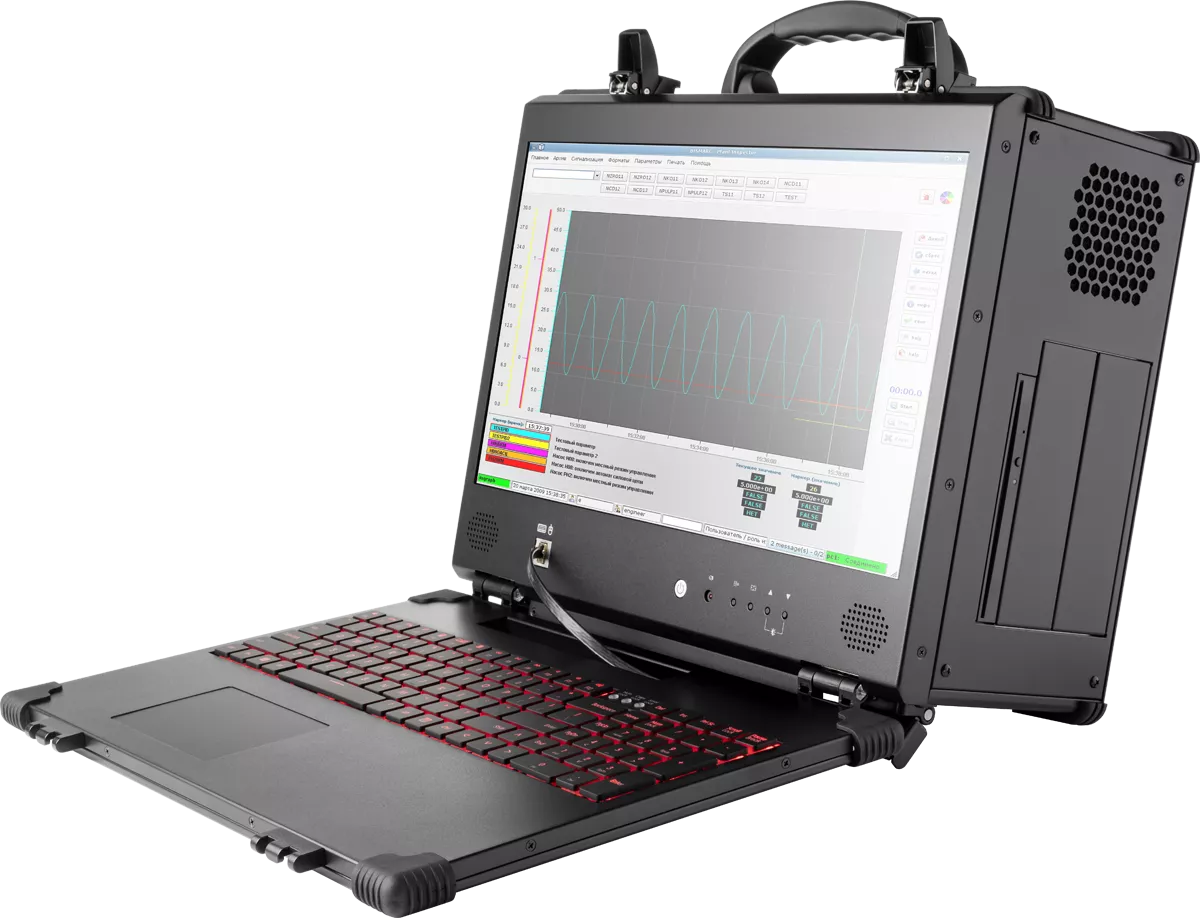Ultra-Dense Portable Storage for Secure Edge Data Migration
The edge is booming
We're living in an era where data creation vastly outpaces bandwidth growth. Whether it's AI model retraining, ultra-HD video analytics, or massive sensor networks, today's edge deployments are generating unprecedented volumes of mission-critical data—and that data must be moved, processed, and secured with speed and precision.
The global edge AI market is projected to reach $65 billion by 2030, fueled by advancements in 5G, IoT, and AI workloads that require real-time insights at the source. From defense and aerospace to energy and industrial sectors, organizations are racing to build edge infrastructure that's smarter, faster, and more autonomous.
But rapid growth brings new challenges:
- Bandwidth limitations:
Even with next-gen networks, many environments—military bases, remote test ranges, and critical infrastructure sites—operate in low-connectivity or fully air-gapped conditions. - Data gravity:
As datasets grow larger, moving them becomes increasingly difficult. Many enterprises find that physically transporting data remains faster, safer, and more practical than relying on network transfers alone. - Security & compliance:
Air-gapped environments and classified operations require strict control over data handling and rugged, portable hardware solutions.
Hardware innovation is also breaking new ground. Enterprise-grade U.3 NVMe drives—once limited to hyperscale data centers—are now deployable in rugged portable computers. Add-on cards with dense NVMe capacity push limits even further, setting new benchmarks for high-capacity portable workstations that can handle AI-heavy workloads and bulk data ingestion at the edge.
Why it matters:
Edge AI is no longer just about capturing data—it's about transforming data into actionable intelligence on-site. Whether you operate in defense, critical infrastructure, or high-stakes research, the need for rugged, high-capacity portable computing solutions has never been more urgent.
The Challenge: Scaling Edge Data Migration
A global cloud-services provider needed to scale its edge data migration capabilities. Their teams relied on rugged devices to physically transfer massive datasets between disconnected field sites and central cloud infrastructure—critical in industries like defense, energy, and digital media, where network transfer is often impractical.
Traditionally, these devices offer large-capacity storage, encryption, and basic edge compute capability. They are engineered to be tamper-resistant, ruggedized, and tightly integrated with cloud workflows—ideal for collecting and processing data at the edge before transferring it back to a central repository.
The requirements:
- Substantially higher storage capacity
- Customizable hardware (for GPU acceleration and AI inference)
- Superior portability and rugged field-readiness
- Seamless integration with existing ingest and encryption workflows
The goal: to adopt a next-generation rugged portable workstation that could meet evolving performance demands while remaining compact, durable, and globally deployable.

The DuraPAC Solution — Rugged, High-Capacity, and AI-Ready
Acme Portable developed an advanced DuraPAC configuration to address these requirements—a rugged portable workstation engineered for exceptional storage density, GPU-ready compute power, and field-tested ruggedness. Rather than a simple upgrade, this was a complete reengineering of what a high-capacity portable computer could achieve at the edge.
Key highlights:
- Rugged, portable design:
Compact and lightweight (~23 lbs fully loaded), engineered for easy transport and deployment in mission-critical environments - Integrated display:
17.3" HD screen with built-in keyboard and touchpad for seamless field operation - High-performance CPU:
Powered by a next-generation Intel® Xeon® 6700/6500-series processor (AMD options available), optimized for compute-intensive and AI-heavy tasks - GPU-ready architecture:
PCIe 5.0 x16 slot supports modern single-width GPUs for AI acceleration and advanced analytics - Massive storage capacity:
Up to 375TB of NVMe storage with modular expansion—delivering some of the highest storage density in a rugged portable form factor - Enterprise-grade networking:
Dual 10GBase-T and dual 10G SFP+ ports ensure fast, secure data ingest and transfer - Fully rugged:
Engineered for reliable performance in challenging environments, with robust protection against shock, vibration, and wide temperature ranges
Acme’s engineering team optimized the DuraPAC’s architecture to maximize NVMe density while maintaining its compact form factor. Even at full capacity, the DuraPAC retains its portability, offering a true plug-and-play solution for field engineers and technical teams.
Reshaping Portable Edge Computing
Edge sites are no longer just data collectors—they’re full-fledged AI and analytics hubs. Whether migrating petabytes from secure locations, running AI inference at the edge, or processing massive datasets in the field, rugged high-capacity portable workstations like the DuraPAC are becoming mission-critical tools.
As edge AI and storage demands escalate, Acme Portable is redefining the boundaries of what’s possible in ruggedized portable computing—empowering customers to transform raw data into real-time insights, wherever their mission takes them.
Interested in rugged, high-capacity portable computing?
Contact Acme Portable today to schedule a live demo or customize your own high-capacity solution.

* Due to NDA and confidentiality issues, we cannot mention company names or the specific projects.

Cage Code: 4AA27
Copyright © 2025 Acme Portable Machines, Inc. All rights reserved. United States Taiwan Germany